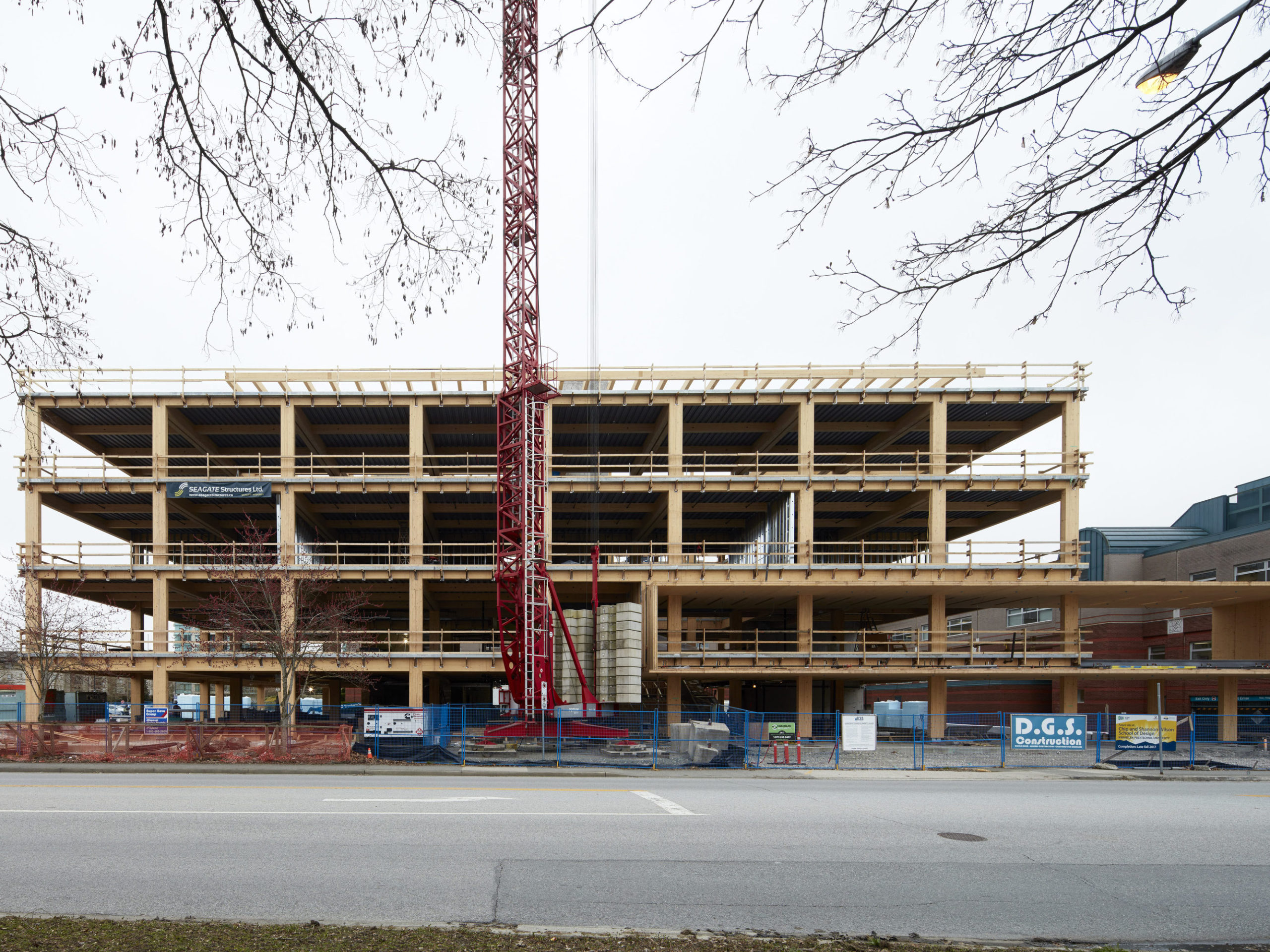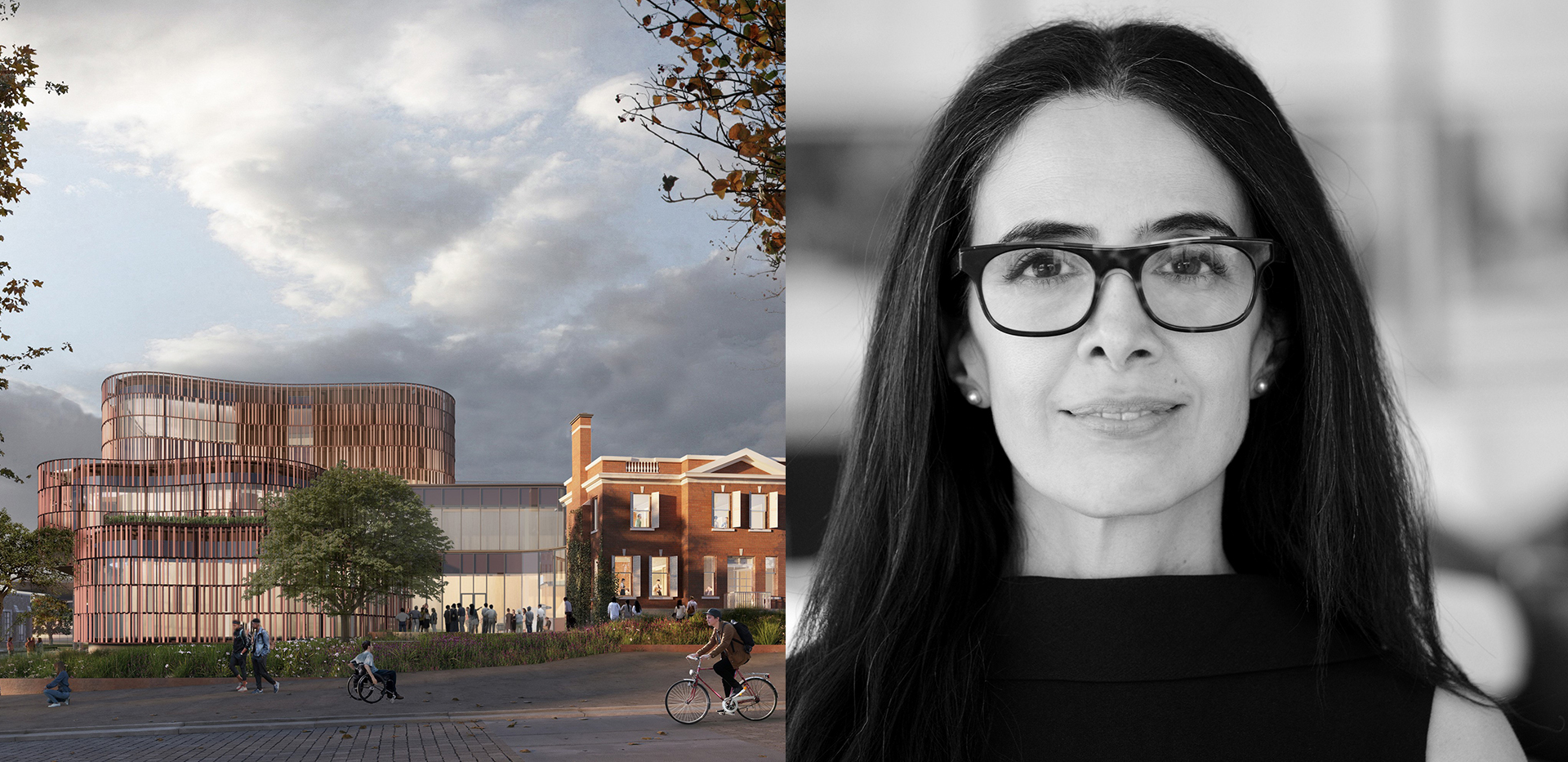Decarbonizing construction specifications: Challenges and opportunities

Article content
The shift towards addressing embodied carbon in the built environment is a critical step in achieving net-zero emission targets. Accounting for whole building life cycle emissions requires all project stakeholders to adopt more effective strategies throughout a building’s service life. This includes enhanced design thinking, as well as material applications and lifespan considerations, construction processes, building operation, and end-of-life scenarios.
The growing focus on embodied carbon
Evaluating the impacts of low-embodied carbon design measures is an increasingly critical step in the design and construction process. Legislation and standards now mandate projects to report embodied carbon emissions and increase awareness of the need to measure whole-life cycle emissions. Furthermore, a growing number of accessible tools are now available to facilitate life cycle analysis (LCA) and support positive design decisions.
However, translating the results of LCA studies into robust construction documents, particularly in project specifications, can present significant challenges.
The role of construction specifications
Construction specifications are an important element of any successful project. They define and communicate the materials, standards, criteria, and procedures required for construction. Integrating embodied carbon as a fundamental criterion in specifications must be approached carefully to achieve successful outcomes.
Challenges in decarbonizing construction specifications
One major challenge in decarbonizing construction specifications is the perceived risk of reducing the number of viable or alternative products. Advocating for unproven or unfamiliar products may introduce risks — both real and perceived — that can decrease competition, increase costs, or create supply issues. Additionally, a lack of uniformity and clarity among Environmental Product Declarations (EPDs) complicates effective and accurate comparisons between similar or competing materials.
The conversation at KPMB
As the industry navigates strategies to truly integrate life cycle thinking across architecture, specification, and construction processes, KPMB and the Carbon Leadership Forum are hosting an insightful panel discussion.
In this session, panelists will explore innovative methods and practical approaches to reducing upfront embodied emissions in construction specifications. The discussion will address challenges and potential strategies throughout the design, procurement, construction, and reporting phases.
With a range of expertise, panelists will investigate how collaboration and alignment can be enhanced today and identify the changes needed within the industry to integrate and expedite decarbonization effectively.
Event details:
Speakers: Kael Opie (principal, KPMB), Chris Couse (founding principal, KPMB), Colin McIntosh (vice-president, Brian Ballantyne Specifications), Vincent Davenport (director, building and material sciences, EllisDon)
Moderator: Shahrzad Soudian (sustainability analyst, KPMB Lab)
Date: Thursday, February 6
Time: Doors open at 5:30pm. Event starts at 6pm. A reception will follow.
Location: KPMB office, 351 King Street East, 12th floor
)
)
)